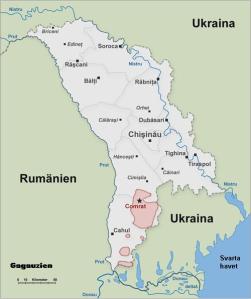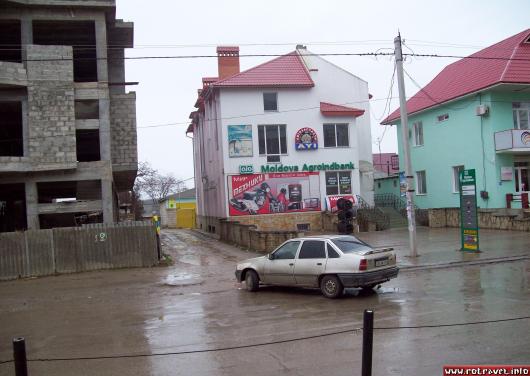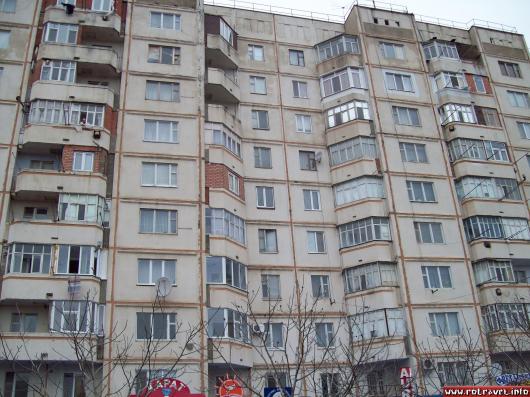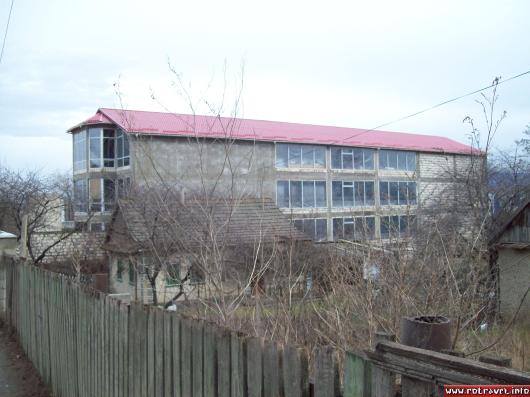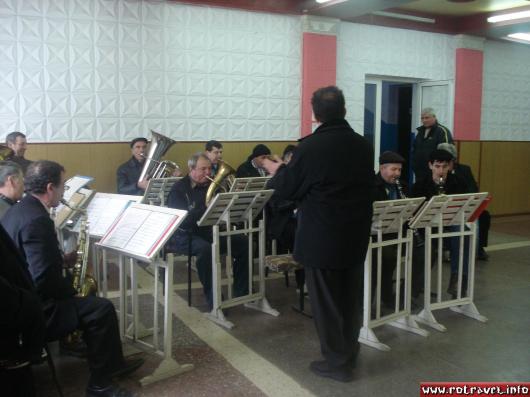Cricova is the famous Moldovan winery, located in the city with the same name located at 15 kilometres (9.3 mi) north of Chişinău. Famous wine cellars make it a popular attraction for tourists.
The wine cellars of Cricova is second largest wine cellar in Moldova, after Milestii Mici (largest in the world). It boasts a mere 120 kilometres (75 mi) of labyrinthine roadways, versus MM’s 200 kilometres (120 mi), tunnels have existed under Cricova since the XVth century, when limestone was dug out to help build Chisinau. They were converted into an underground wine emporium in the 1950s.
The territory used to be a mine for limestone, a building material. In some branches excavation is still active, so the cellar is still growing. Other famous wineries in Moldova include Cojuşna and Mileştii Mici.
Source: Wikipedia
Travel Journal
„We decided a long time ago to visit Cricova. It seemed to be a nice destination for the end of this spring.
So the big day came. At nine o’clock in the morning we all were ready to start our trip, so we got up in the bus and took our seats. We must say the price of a trip to Cricova, for a group of 20 persons costs 135 lei (~9 euros). How Cricova is situated only at 11 Km from Chisinau, in over 20 minutes we were there. It was a good idea to start our trip in the morning, because the day was very hot, so we could “get fried” in the minibus! =D
Arriving there, the guide told us a sad little rumor: the electric train that should carry us through the tunnels of Cricova was broken, so we should take the bus, because the distance was pretty big: over 60 km to see!
The gates opened, so the trip began. We saw in front of our eyes a big, wide road, which was dishing too fast. The first impression was that we hit in a little scary story, but this feeling passed quickly.
From the beginning we felt the difference concerning the air: in the tunnels, the temperature never rises up 12-14 C, while the humidity also stays constants-97 %. We can give you an important advice: if you want to visit Cricova, in no matter what season, you have to take some warm clothes, if not; you’ll get a bit frozen ;).
While we were advancing in the subways of Cricova, the guide told us that we are at 40-50 meters under ground. You should know that at the beginning, this place was a mine from where was taking out white rock, used to build edifices in Chisinau-from here it comes the name of “white city”. Totally, the roads of Cricova have a length of 120 Km, but only 60 are intended for wines, other 60 km serve as a mine; in present from there they are extracting white rock.
The roads become streets and boulevards, as they have names: Ariadne’s thread Street, Cabernet Street, Dionysus Street, Champaign’s Boulevard, names chosen by the type of wine placed on that “street”.
Our first stop was on the Cabernet Street. We saw a lot of barrels, smalls (232 litters) and big (453 litters), plenty of this kind of wine. The casks were made of oak wood, so the taste of wine can change if it rests for a long time put in there.
At the second stop, we stepped on the Champaign’s Boulevard, where the guide led us into a chamber where were kept the future Champaign. Here we found out how does this drink is made. The all period while the wine changes into Champaign, ready to be sold, takes 5 years.
The third hall we saw was in that are kept the personal collection of different persons, but also the most important bottles of wine from there. At the beginning of the chamber, we noticed a memorial made for the persons who founded Cricova and the statue of Dionysus.
We saw the Hermann Göring wine’s collection, (Mosel from 1935) brought here by the Bolsheviks after World War II. In the same area, we caught sight on old French wines (1936) and other collections of states from USSR. The personal wine collection of Vladimir Putin is kept at Cricova, the rental of a bottle costs 1$/year.Altogether, the whole cellar comprises over 1.3 million bottles.
After visiting this extraordinary place, we left it for another site: the formal halls from Cricova, avaible only for the officials. We hadn’t the permission to touch the table that has about 60 seats, because we could leave stamps, ha-ha! We saw also the favourite chamber of the ex- president of Moldova, Vladimir Voronin, who comes there to “take a break”.
After a one and half hour our trip finished and we had the vague sensation that we have lost something there. Maybe that was because we rested a bit amazed, but pleased for everything we saw. We didn’t want to leave that place, but we had to.
We advise everyone to visit Cricova, with any occasion, because there you have the possibility to pass a little part of your life in a “forgiven” place, where the Time does nothing more than to dust the bottles and to raise the quality and the price of a good wine.”

An imitation of a stronghold on the territory of Cricova.

First view of the road which leads us to the Cricova's cellar.
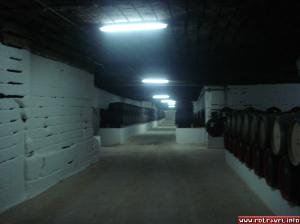
A cellar located on Cabernet Street, where is kept the Pinot wine.

In these barrels is kept the Cabernet wine, the white dust on the floor testifies the fact that in the past, this place was a mine of withe rock.

A common barrel in the subways of Cricova,made of American oak. The wine changes its taste if it's kept in this kind of cask.

A 453 litters barrel for keeping the Cabernet wine.

The same barrel, with a wine inquest on it (Cabernet-Sauvignon, made in 2007).

A shower that attentions the pedestrian crossing.

The name of the chamber where the Campaign is kept.

A schedule which explains the process of Remuage-process used for preparing the Champagne.The improvement of this drink till it can be sold is based on changing the angle of the bottle, for all the uncleanliness set in the cork. After that,the cork is frozen, so the uncleanliness can be taken without damaging the Champagne. The whole procedure takes 5 years.

The "first" Champagne containing uncleanliness, before passing through "Remuage" process.

The cellar where the Champagne is kept, place located on Champagne's Boulevard.
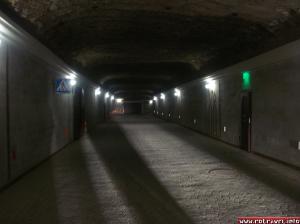
A view through the subways of Cricova.

Old wine from 1995.

The Hermann Goring wine's collection, Mosel from 1935. Another part of collection is conserved in Ukraine,Crimea.

Mouldiness and bacterium developed on a wine bottle. As we said, the humidity in the cellars of Cricova is over 97 %.

The cellar where is kept the wine collections.

The personal wine collection of Vladimir Putin.

A closer view on the slate information.

The oldest bottle of Wine from Cricova, taken from Israel, in 1902.

A Romanian "Grasa de Cotnari" wine bottle, from 1979.

An old French wine from 1936. In 2008, a bottle of this kind was sold for 60.000 euros, for a personal collection.

The guide told us that this small table with small chairs is an imitation of an old Moldavian custom "La botul calului"("At the muzzle's horse").We don't know if we should believe her or not.Anyway, the cart didn't go in the photo 🙂 .

A small official chamber from Cricova.

A picture of "Moldavian wedding" painted on a wall.

Another official place.

The official chamber from Cricova,with the "untouchable" table. Around it,there are 60 chairs.

The favourite relaxing chamber from Cricova of the ex-president of Moldova, Vladimir Voronin.

A modern WC, including a small chamber for the smokers.





























